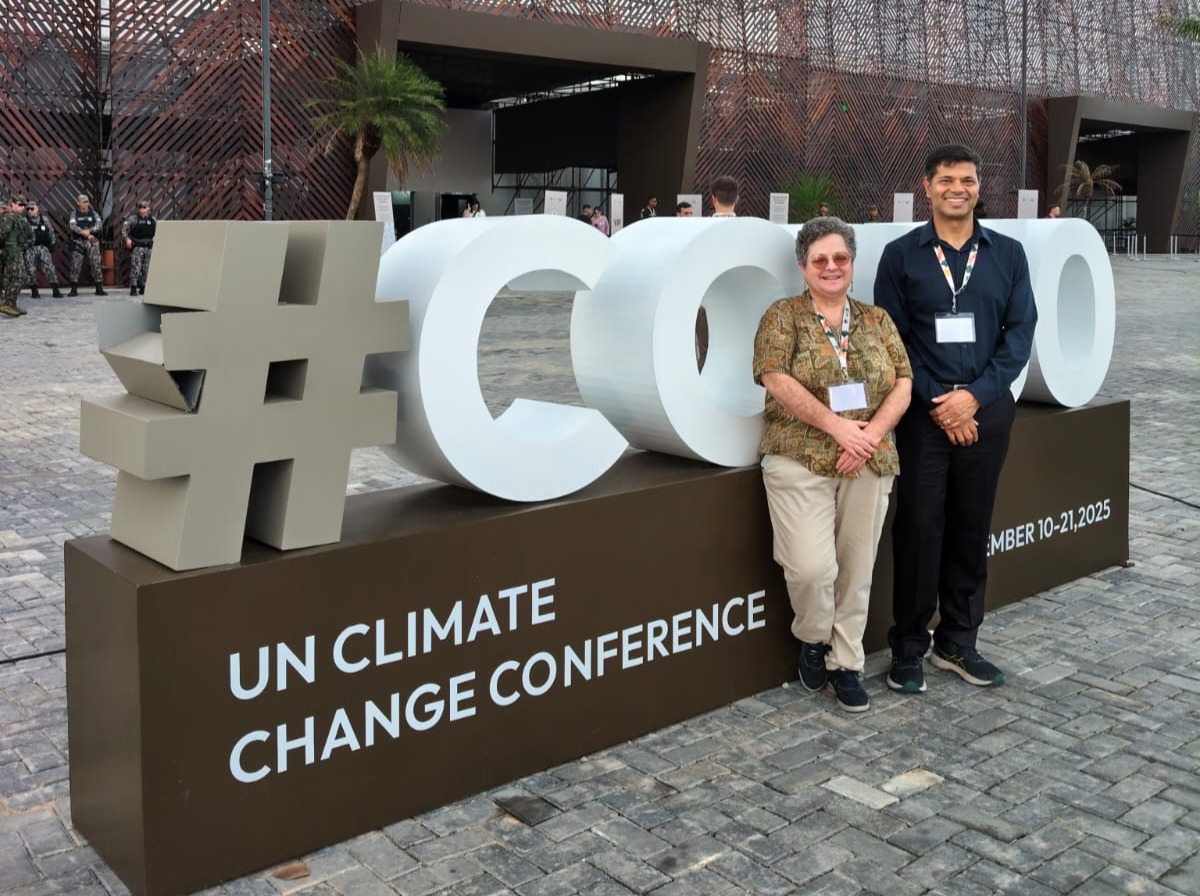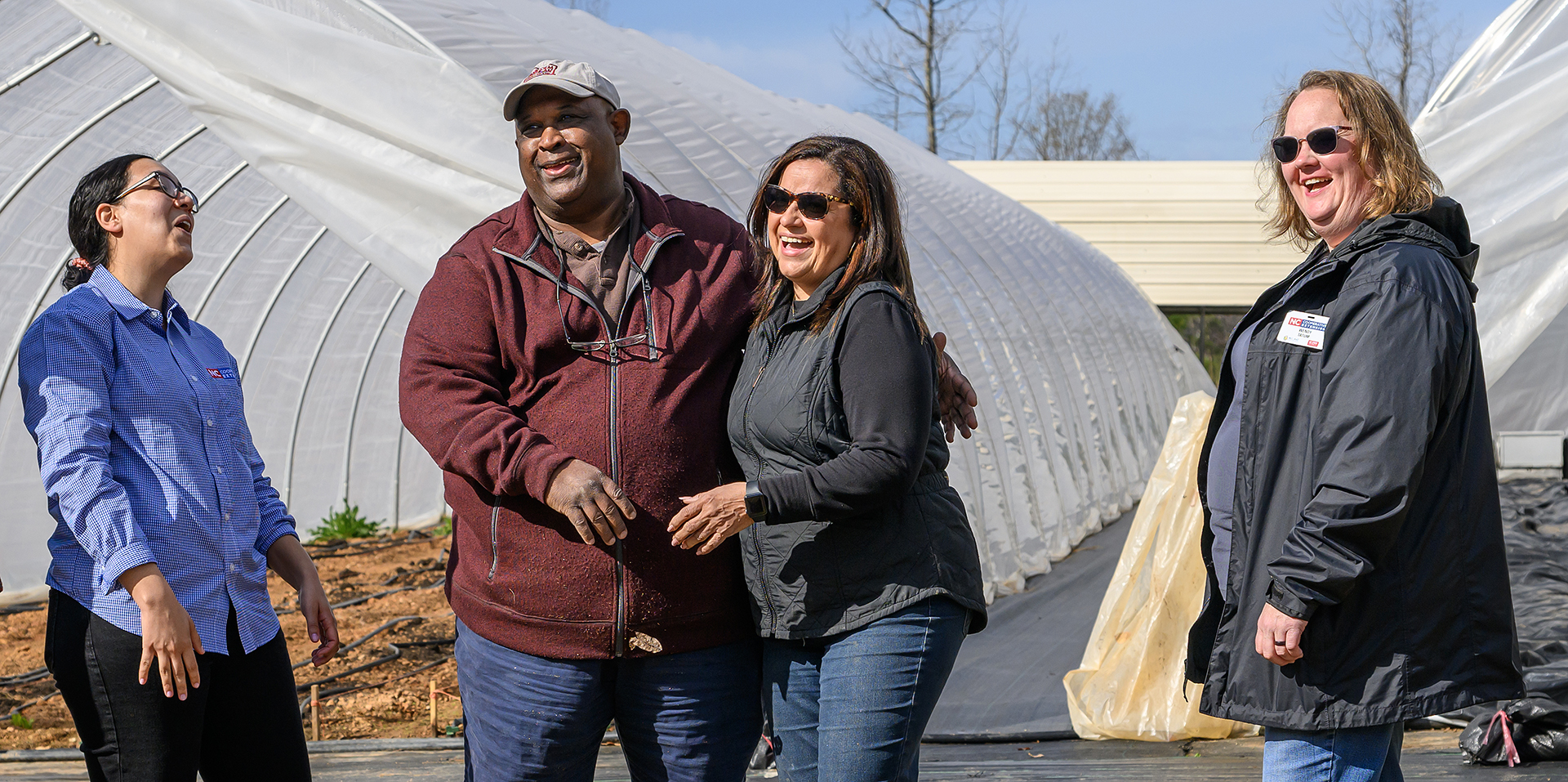Researchers make stunning discovery after putting solar panels on farmland: ‘Really important’ – Yahoo

Report on Agrivoltaic Research and its Alignment with Sustainable Development Goals
1.0 Introduction and Project Scope
A research initiative in Houston, Alaska, has yielded significant findings regarding the synergistic relationship between solar energy production and agriculture. The study, funded by the Department of Energy and led by researchers from the University of Alaska, Fairbanks, explored the viability of cultivating food crops within the state’s largest solar array. The project’s primary objective was to investigate integrated systems for food and energy production to enhance local self-sufficiency, directly addressing key United Nations Sustainable Development Goals (SDGs), particularly SDG 2 (Zero Hunger) and SDG 7 (Affordable and Clean Energy).
2.0 Research Findings
The experiment revealed a mutually beneficial relationship between the solar panels and the crops, exceeding initial expectations. Key observations include:
- Successful cultivation of various food crops, including kale, spinach, and potatoes, in the interstitial spaces of the solar farm.
- A marked improvement in the growth and quality of plants located in closer proximity to the solar panels. This was visibly evident in the darker, richer color of the spinach, indicating higher nutrient density.
- The results suggest a viable pathway to optimize land use, a critical component of SDG 15 (Life on Land), by co-locating two essential production systems.
3.0 Analysis of Symbiotic Effects
Researchers have proposed two primary hypotheses to explain the enhanced crop growth, both of which highlight sustainable resource management practices.
- Mitigation of Solar Stress: During the prolonged daylight hours of the Alaskan summer, the shade cast by the solar panels protected the plants from excessive solar radiation. This reduction in “solar stress” contributes to more resilient agricultural practices, aligning with SDG 13 (Climate Action).
- Improved Water Conservation: The solar panels functioned as effective water collectors, channeling precipitation and condensation to the soil surrounding nearby plants. This passive irrigation enhances water-use efficiency, a crucial target within SDG 12 (Responsible Consumption and Production).
4.0 Implications for Sustainable Development
The findings from this study present a compelling model for advancing multiple SDGs simultaneously through the implementation of agrivoltaic systems.
- SDG 2 (Zero Hunger): The model enhances food security by enabling local crop production, reducing reliance on external supply chains and high-cost imports.
- SDG 7 (Affordable and Clean Energy): By increasing the overall productivity and profitability of land used for solar farms, the model provides a powerful economic incentive for the expansion of renewable energy infrastructure.
- SDG 8 (Decent Work and Economic Growth): Agrivoltaics creates diversified income streams for landowners and farmers through land leases and crop sales, while also reducing operational costs (e.g., vegetation management) for solar energy producers.
- SDG 11 (Sustainable Cities and Communities): The approach strengthens local resilience by building self-sufficiency in both the food and energy sectors.
5.0 Conclusion and Future Outlook
While researchers emphasize the need for multi-year data to fully validate these preliminary findings, the initial results strongly support the concept of agrivoltaics as a sustainable land-use strategy. This innovative approach offers a scalable solution that addresses food security, promotes clean energy, and provides economic benefits. By integrating agriculture and energy production, agrivoltaics serves as a practical and impactful framework for achieving a broad range of Sustainable Development Goals.
Analysis of Sustainable Development Goals in the Article
1. Which SDGs are addressed or connected to the issues highlighted in the article?
- SDG 2: Zero Hunger – The article focuses on growing food crops to enhance local food supply and self-sufficiency.
- SDG 7: Affordable and Clean Energy – The research is centered around a solar array, a form of clean energy, and explores ways to make it more viable and widespread.
- SDG 8: Decent Work and Economic Growth – The article discusses the economic benefits of the project, such as creating income streams and reducing operational costs, which promotes sustainable economic models.
- SDG 11: Sustainable Cities and Communities – The project addresses the need for local self-sufficiency in food and energy, contributing to the resilience and sustainability of communities like Houston, Alaska.
- SDG 15: Life on Land – The practice of growing crops and producing solar energy on the same land represents a sustainable land-use innovation that promotes efficiency and reduces the need to convert more land for separate uses.
2. What specific targets under those SDGs can be identified based on the article’s content?
- SDG 2: Zero Hunger
- Target 2.1: End hunger and ensure access to safe, nutritious, and sufficient food. The project aims to produce food locally in Alaska, where “food and energy cost a lot of money” and “self-sufficiency is really important,” directly contributing to food access and security.
- Target 2.4: Ensure sustainable food production systems and implement resilient agricultural practices. The method of growing crops between solar panels (agrivoltaics) is an innovative and resilient agricultural practice that increases productivity, as evidenced by the plants growing better near the panels.
- SDG 7: Affordable and Clean Energy
- Target 7.2: Increase substantially the share of renewable energy in the global energy mix. The article highlights Alaska’s largest solar array and notes that making such projects more profitable provides an “economic incentive to build more of them,” thus promoting the expansion of renewable energy.
- Target 7.a: Enhance access to clean energy research and technology. The project itself, funded by the Department of Energy, is a form of research into co-locating food and energy production, advancing clean energy technology and its applications.
- SDG 8: Decent Work and Economic Growth
- Target 8.4: Improve global resource efficiency in consumption and production. The dual use of land for both agriculture and energy generation is a prime example of increasing resource efficiency, producing more value from the same land area.
- SDG 11: Sustainable Cities and Communities
- Target 11.a: Support positive economic, social and environmental links between urban, peri-urban and rural areas. The project fosters local self-sufficiency by linking energy production with food systems within a community, strengthening its resilience.
- SDG 15: Life on Land
- Target 15.3: Combat desertification, restore degraded land and soil, and strive to achieve a land degradation-neutral world. By using land for two purposes simultaneously, this approach reduces the pressure to clear new land for either agriculture or energy production, promoting more sustainable land management.
3. Are there any indicators mentioned or implied in the article that can be used to measure progress towards the identified targets?
- For SDG 2 (Zero Hunger):
- Indicator: Agricultural productivity and crop quality. The article explicitly mentions the success “in terms of growing large quantities of food like kale, spinach, and potatoes.” It also notes a visible improvement in crop quality, stating, “The color difference in the spinach is fascinating,” with spinach near the panels being a “much darker color of green.” These observations can be used as qualitative and quantitative measures of productivity.
- For SDG 7 (Affordable and Clean Energy):
- Indicator: Increase in renewable energy capacity. The article discusses providing an “economic incentive to build more” solar arrays. The number and capacity of new solar arrays built using this model would be a direct indicator of progress.
- For SDG 8 (Decent Work and Economic Growth):
- Indicator: Profitability and cost reduction for sustainable enterprises. The article implies economic indicators by stating the practice creates an “income stream because farmers lease the land” and can “reduce costs” for solar producers by eliminating the need for vegetation management. Measuring the increased profitability and cost savings would serve as an indicator.
4. Table of SDGs, Targets, and Indicators
| SDGs | Targets | Indicators |
|---|---|---|
| SDG 2: Zero Hunger | 2.4: Ensure sustainable food production systems and implement resilient agricultural practices. | Quantity and quality of crops produced (e.g., “large quantities of food like kale, spinach, and potatoes,” “darker color of green” in spinach). |
| SDG 7: Affordable and Clean Energy | 7.2: Increase substantially the share of renewable energy in the global energy mix. | Increased number and capacity of solar arrays built due to enhanced profitability. |
| SDG 8: Decent Work and Economic Growth | 8.4: Improve global resource efficiency in consumption and production. | Increased income from land leasing and reduced operational costs for solar producers. |
| SDG 11: Sustainable Cities and Communities | 11.a: Support positive economic, social and environmental links between urban, peri-urban and rural areas. | Level of local self-sufficiency in food and energy production. |
| SDG 15: Life on Land | 15.3: Strive to achieve a land degradation-neutral world. | Area of land under dual-use (agrivoltaics), reducing the need for new land conversion. |
Source: yahoo.com
What is Your Reaction?
 Like
0
Like
0
 Dislike
0
Dislike
0
 Love
0
Love
0
 Funny
0
Funny
0
 Angry
0
Angry
0
 Sad
0
Sad
0
 Wow
0
Wow
0




















































.jpg.webp?itok=0ZsAnae9#)



























